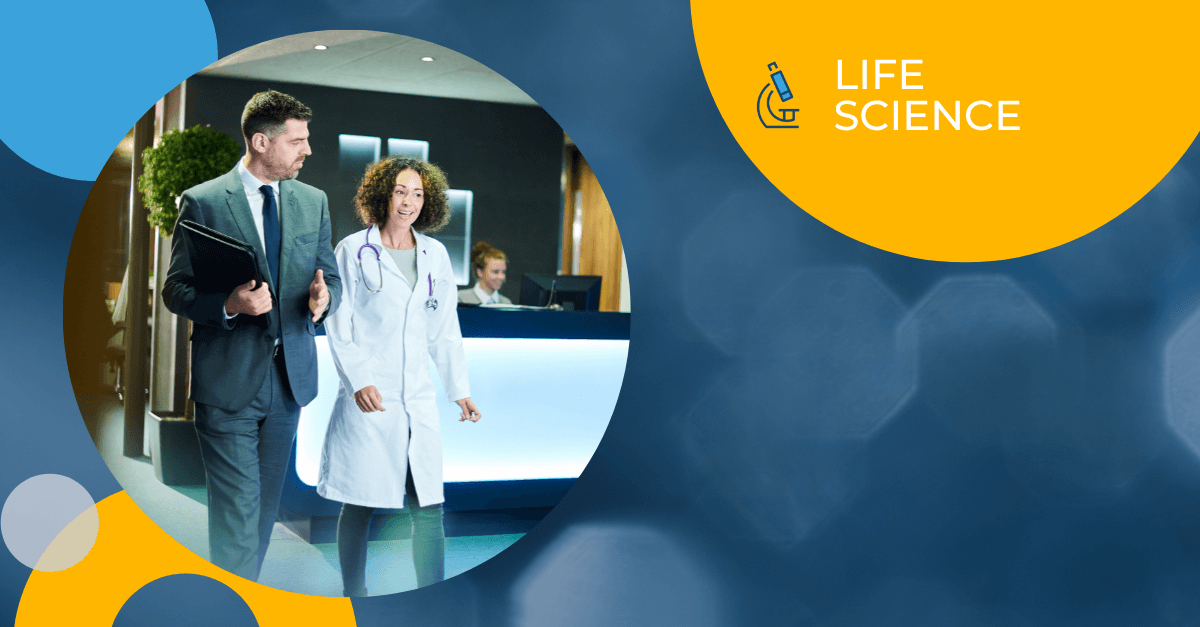

With a total annual healthcare spend of $1.94 trillion, access to the EU healthcare market is crucial to success in the medical devices field. But in order to access this critical market, you will need to obtain a CE Mark.
The CE Mark is printed on all products that meet EU health, safety and environmental requirements. In order to gain CE Marking for your product, the recently updated Medical Device Regulations (MDR) state that “information… must be made available to the user and the patient…in their national language(s) or in another Community language… regardless of whether it is for professional or patient use.” The updated regulations come into effect beginning in 2017 and will work to ensure that all competent authorities, professional distributors and patients understand how to properly use medical devices and the risks involved in their native language.
In order to market your devices in the EU under the new regulations, you must convince the competent authority in each country where you wish to sell your product of the clinically-relevant safety and efficacy data for each of your treatment’s indications. This mandatory data is typically found in three documents: Instructions for Use (IFU), Labeling and Packaging information. However, you may also be asked to provide the UI and software package, marketing materials or patient/caregiver details, depending on the complexity and nature of your device.
As a rule of thumb, translations for competent authorities typically involve at least one of the “Big 5” languages: German, Italian, Spanish, French and English. Translating your required materials into each of these languages should be a priority when preparing your CE Mark application.
High quality medical translations are your insurance for achieving future regulatory approval, a smooth sales process and low-risk adoption of your treatment among end users. Low quality translations put your product, patients and reputation at risk. Mitigate the risk by partnering with an ISO-certified Language Service Provider (LSP) like Morningside to translate medical documents required for obtaining a CE Mark.
About the Author:
Jack Fischer is a Business Development Manager at Morningside’s Life Sciences division. After researching Tuberculosis genetics at Albert Einstein College of Medicine, and working with numerous biotechnology startups in New York, Jack moved to Morningside in order to apply his expertise to developing and implementing translation solutions for the life sciences industry. Jack has a dual B.A from Skidmore College in Integrative Biology & Business.


